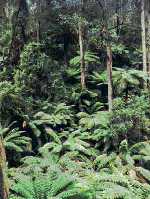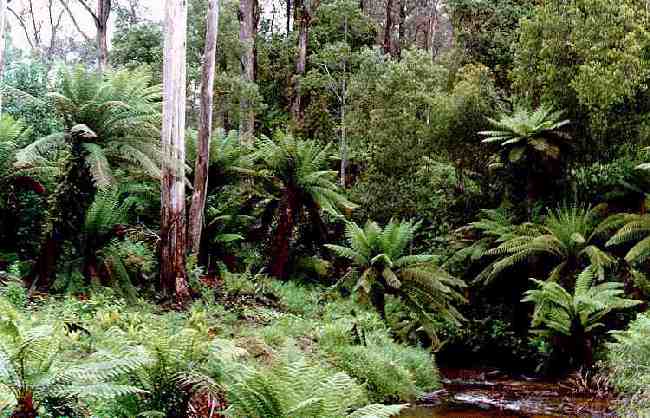 |
There are two main
types of work being done to conserve and protect the East Gippsland Forests. The
government is one kind who place legislation’s and bring in other laws to help
protect the forests but also continue the forest industry in a controlled suitable manner.
The other kind is the environmental groups that fight to stop the logging industry and
protect the forest, most using non-violent methods to get their message across. A local group in Gippsland called CROEG, Concerned Residents of East Gippsland, are the only group working solely for the protection of Victoria’s last and largest area of ancient forest. For over 15 years this group has worked to protect the East Gippsland Forests. They are a volunteer non-profit organisation and continue to gather information on the local timber industry to send vital information to Melbourne and Canberra. |
